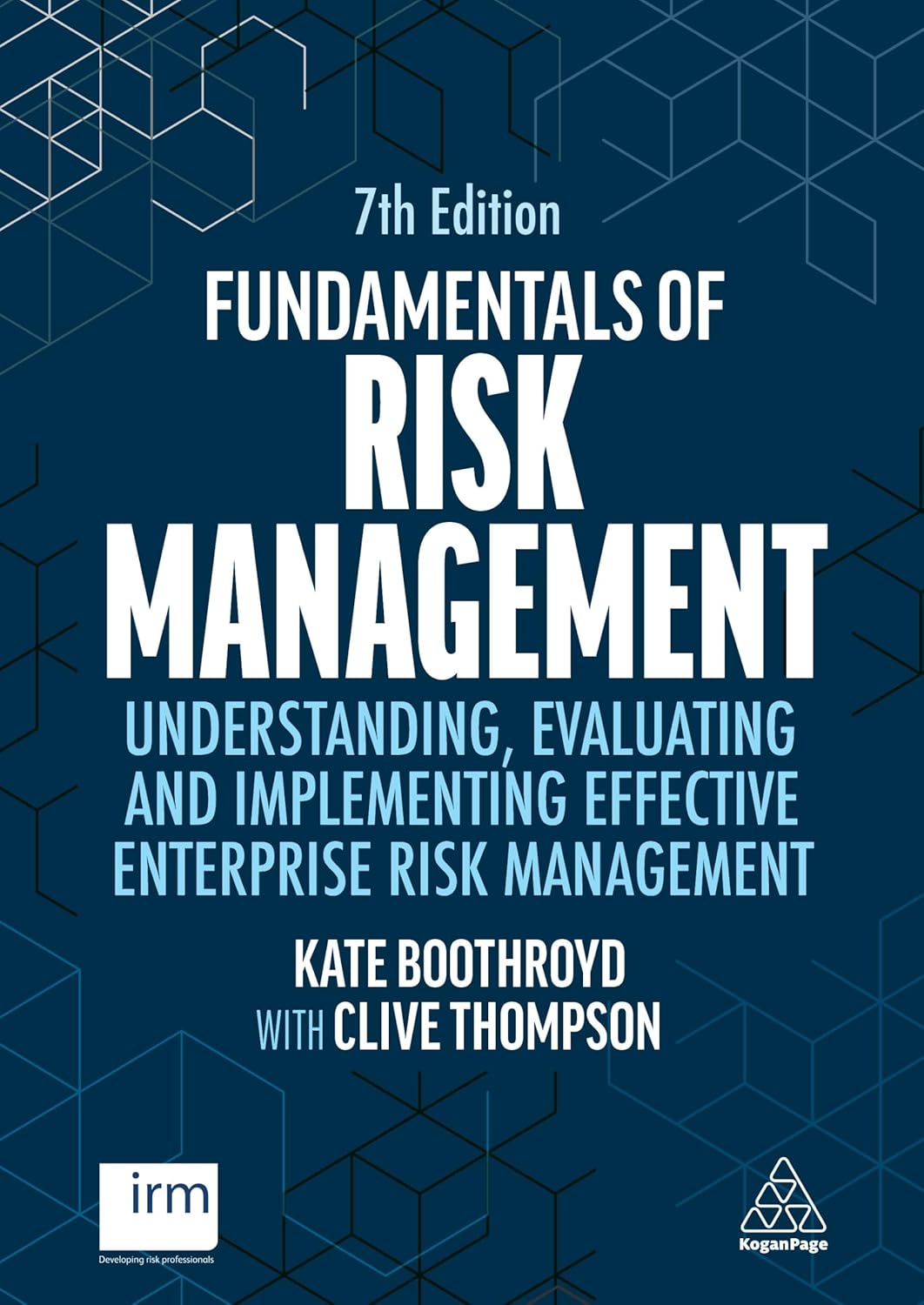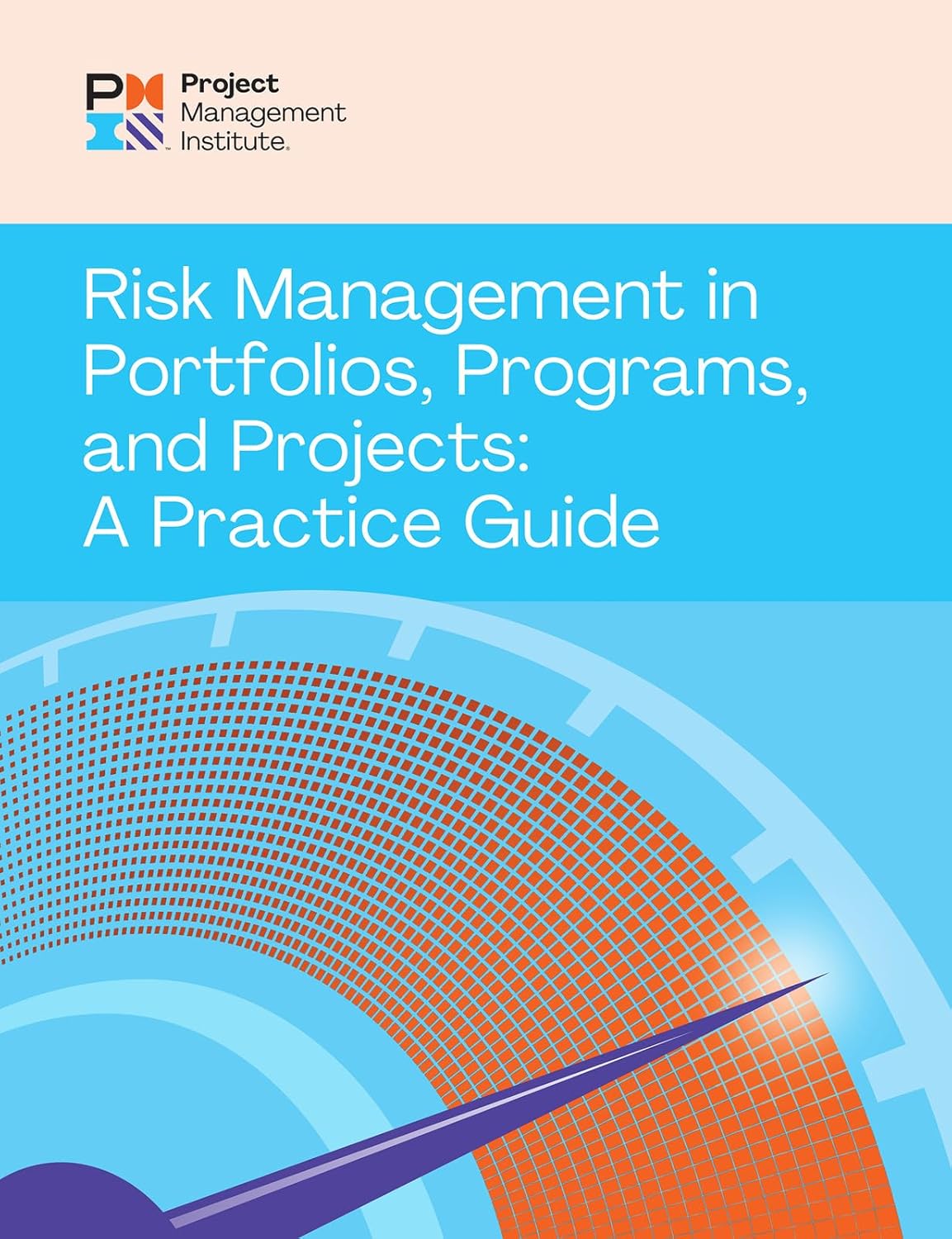
Risk Tolerance
What is Risk Tolerance?
Risk tolerance refers to the level of uncertainty or potential loss that a person, team, or organization is willing to accept to pursue project objectives. In project management, it helps define how much deviation from the plan is acceptable before corrective action is needed. Risk tolerance guides decision-making throughout the project lifecycle, especially when evaluating threats or opportunities that may affect scope, time, cost, or quality. A clearly defined risk tolerance enables project managers to strike a balance between innovation and caution, thereby supporting alignment among stakeholders.
Understanding this concept is essential to effective risk management. It sets the boundaries for acceptable risk and helps determine how risks should be prioritized and handled. Factors such as budget size, strategic importance, regulatory requirements, and past experiences significantly influence the amount of risk stakeholders can tolerate.
Key Points
- Risk tolerance refers to the extent to which an individual or group is willing to accept risk in pursuit of project goals.
- It is different from risk appetite, which reflects the general willingness to take on risk, while tolerance defines specific limits.
- Establishing clear tolerance levels enables teams to respond to uncertainties effectively, avoiding both overreaction and ignoring issues.
- It is often documented in the risk management plan and reviewed during stakeholder analysis and project planning.
- Differences in tolerance among stakeholders can lead to conflicts if not addressed early in the project.
Related Terms
- Risk appetite refers to the general level of risk an organization is willing to undertake across all projects.
- Risk threshold identifies the specific point at which a risk becomes unacceptable and requires action.
- Risk management plan includes the documentation of risk tolerance, along with strategies for risk identification and response.
- Stakeholder analysis helps determine each stakeholder’s risk tolerance and how it may influence project decisions.
- Contingency planning prepares teams to respond appropriately to risks that fall within or outside the defined tolerance.
Risk Tolerance: Example
A construction company is managing a project with a tight deadline. The project sponsor has a low tolerance for schedule delays but a higher tolerance for cost increases. As a result, the project manager decides to authorize overtime work and expedited shipping for materials to stay on schedule, even though it raises the overall budget.
Risk Tolerance: Best Practices
- Engage stakeholders early to identify and align their tolerance levels.
- Document tolerance limits in the risk management plan to guide future decisions.
- Regularly review and update tolerance levels as the project environment changes.
- Communicate clearly to ensure the entire team understands acceptable risk boundaries.
- Use risk tolerance to prioritize mitigation strategies and allocate resources effectively.
Additional Resources
Preparing for a PMI certification?
- Exam Prep Courses: PMP®, CAPM®, and PMI-ACP®
- Exam Simulators: PMP®, CAPM®, PMI-ACP®, PMI-PBA®, PMI-RMP®, PMI-SP®, PgMP®, and PfMP®
- Professional Development Units (PDUs): 15, 30, and 60 PDU Bundles




